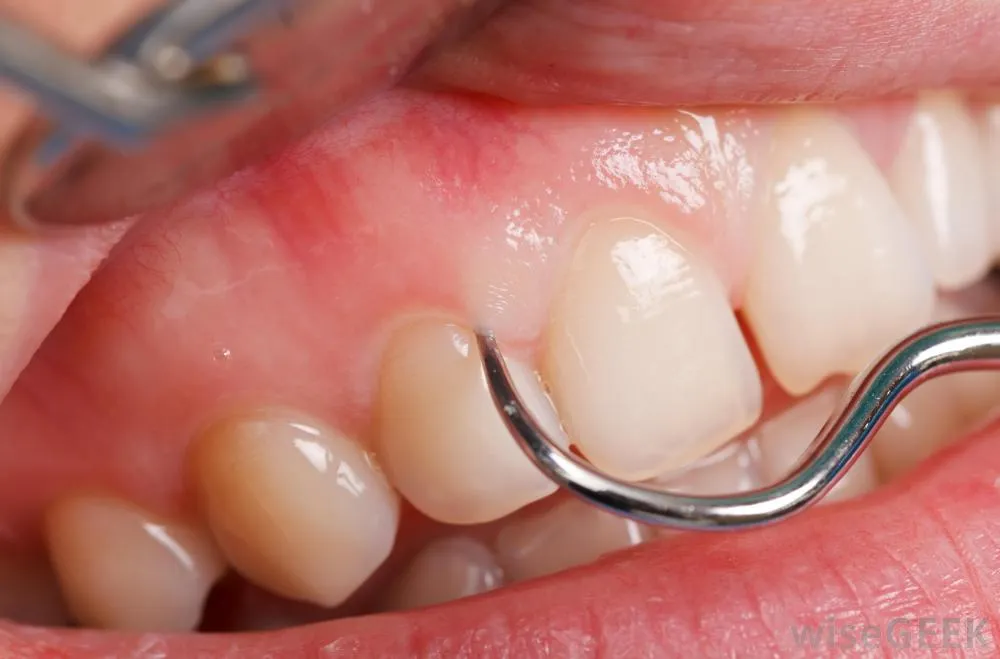What Causes White Gums After Teeth Whitening?
Teeth whitening is a popular cosmetic procedure, but it can sometimes lead to unexpected side effects, such as white gums. While usually temporary and harmless, understanding the causes behind this phenomenon is crucial. The whitening process involves the use of bleaching agents, primarily hydrogen peroxide or carbamide peroxide. These agents can sometimes irritate the soft tissues of your mouth, including the gums. The appearance of white gums often indicates that the bleaching agent has come into contact with the gum tissue, causing a temporary whitening or bleaching effect. Several factors contribute to this, and knowing them helps you take preventative measures and understand what to do if it happens.
Sensitivity to Whitening Products
The sensitivity of your gums plays a significant role. Gums, like all soft tissues, vary in their sensitivity levels from person to person. Some individuals may have naturally more sensitive gums, making them more susceptible to irritation from whitening agents. This increased sensitivity can lead to a quicker and more pronounced whitening effect on the gums. Furthermore, pre-existing conditions, such as gingivitis or other forms of gum inflammation, can exacerbate this sensitivity. These conditions compromise the health of your gums, making them more vulnerable to the bleaching agents’ effects. In such cases, the whitening process can cause more noticeable and potentially painful gum reactions. Therefore, assessing your gum health before starting any whitening treatment is essential to ensure you are aware of any potential risks.
Hydrogen Peroxide and Its Effects
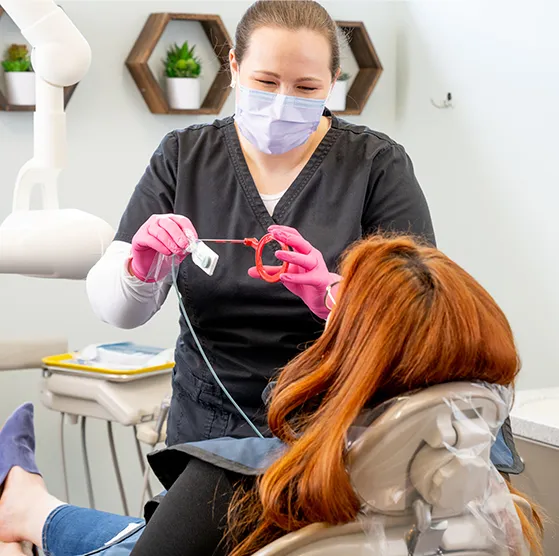
Hydrogen peroxide, the active ingredient in many teeth-whitening products, is a potent oxidizing agent. When it comes into contact with the gums, it can cause a chemical reaction. This reaction can bleach the gum tissue, leading to the appearance of white patches. The concentration of hydrogen peroxide in the product significantly affects the extent of this reaction. Higher concentrations, often used in professional treatments, can cause more dramatic changes to the gums. At-home kits, which typically have lower concentrations, may still cause whitening, but usually to a lesser degree. This chemical reaction, while usually temporary, emphasizes the importance of proper application and gum protection during the whitening process. Understanding the specific concentration of hydrogen peroxide in the product you’re using is crucial to managing potential side effects.
Gum Irritation and Bleaching Agents
The direct contact of bleaching agents with the gums is a primary cause of gum irritation. These agents, designed to whiten teeth, are not formulated for use on soft tissues. When the bleaching agent comes into contact with the gums, it can cause chemical burns. The severity of the irritation depends on the concentration of the agent, the duration of contact, and the sensitivity of the gums. Symptoms of irritation range from mild redness and slight discomfort to more severe reactions, such as blistering and significant pain. Proper application techniques, such as using a tray that fits well and avoiding overfilling it, are critical to minimize the risk of gum contact and subsequent irritation. Additionally, any prior gum conditions might make them more vulnerable to irritation. The goal is always to protect the gums and ensure that the bleaching agent only touches the teeth.
Concentration Levels and Gum Whitening
As mentioned earlier, the concentration of the bleaching agent significantly impacts the potential for white gums. Professional teeth-whitening treatments often use higher concentrations of hydrogen peroxide than at-home kits. While this can lead to faster and more dramatic whitening results, it also increases the likelihood of gum irritation and whitening. At-home kits, using lower concentrations, are gentler on the gums but may require more applications to achieve the desired result. It’s essential to consider the concentration of the product and its potential effects on your gums. If you have sensitive gums or are prone to irritation, it is advisable to use a lower-concentration product. Always follow the instructions and, if in doubt, consult a dentist.
The Role of Tray Fit and Product Contact

The fit of the whitening tray plays a critical role in preventing gum contact. A well-fitting tray ensures that the bleaching agent is applied directly to the teeth, minimizing its exposure to the gums. A tray that is too loose or poorly fitted can allow the whitening product to leak and come into contact with the gum tissue, leading to whitening and irritation. When using at-home whitening kits, the provided trays may not always fit perfectly. In such cases, you might need to trim the tray to ensure it fits snugly around your teeth, without touching the gums. For professional whitening, your dentist will custom-fit the trays, reducing the risk of product leakage. Taking steps to ensure the tray fits properly is a crucial part of preventing white gums and other potential side effects from teeth whitening. This is especially important for home whitening kits where the tray might not be as custom-fitted as those provided by a dentist.
How to Prevent White Gums During Whitening
Choose Professional Whitening
Opting for professional teeth whitening can significantly reduce the risk of white gums. Dentists have the expertise and tools to perform the procedure safely and effectively. They use custom-fitted trays that minimize the risk of the whitening agent touching the gums. They also apply a protective barrier to the gums before beginning the treatment. This barrier acts as a shield, preventing the bleaching agent from causing irritation or whitening. Moreover, professionals use techniques and concentrations of whitening agents that are precisely controlled to minimize the potential for gum issues. While professional whitening might be more expensive than at-home alternatives, it offers a greater degree of control and safety, making it a worthwhile investment if you want to mitigate the risk of white gums.
Use a Proper-Fitting Tray
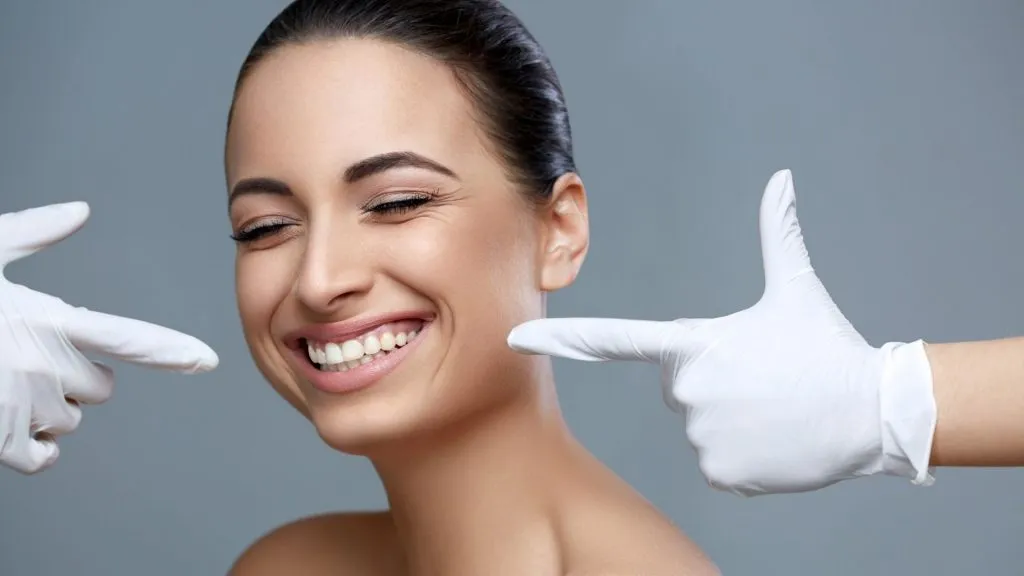
If you choose at-home whitening, ensure the tray fits properly. Ill-fitting trays are one of the primary causes of gum contact and subsequent whitening. Before applying the whitening agent, carefully inspect the tray to ensure it covers your teeth without touching your gums. If the tray is too large, trim it with scissors to achieve a better fit. The tray should create a seal around your teeth, preventing the whitening agent from leaking and contacting your gums. Proper fitting is crucial, as it can drastically reduce the risk of developing white gums and other side effects. Take the time to ensure your tray fits correctly. If it doesn’t, consider contacting your dentist for a custom-fitted tray or switching to a whitening method that poses a lower risk of gum contact.
Avoid Over-Whitening
Over-whitening can lead to a higher risk of gum irritation and white gums. Following the instructions provided with your whitening kit is crucial. Excessive use of the whitening agent can cause your gums to become more sensitive and vulnerable to the bleaching effects. Avoid applying the whitening agent more frequently than recommended or leaving it on for a longer period than directed. The longer the bleaching agent is in contact with your teeth and gums, the higher the risk of irritation. If you don’t see the desired results after a recommended course of treatment, consider consulting your dentist instead of increasing the frequency or duration of your at-home treatments. Your dentist can assess your situation and provide more effective and safer alternatives.
Protect Your Gums During Treatment
If using a whitening product at home, take additional steps to protect your gums. You can apply a thin layer of petroleum jelly or vitamin E oil to your gums before inserting the whitening tray. This creates a barrier, protecting your gums from direct contact with the bleaching agent. Be careful not to apply too much. It can hinder the whitening process. Ensure the product does not come in contact with the teeth surface as it might affect the desired results. Also, be sure to thoroughly rinse your mouth after each whitening session to remove any residual product. These simple precautions can significantly reduce the risk of gum irritation and whitening. Following the instructions and adding protective measures to your routine will help to ensure a positive teeth-whitening experience.
What To Do if You Get White Gums
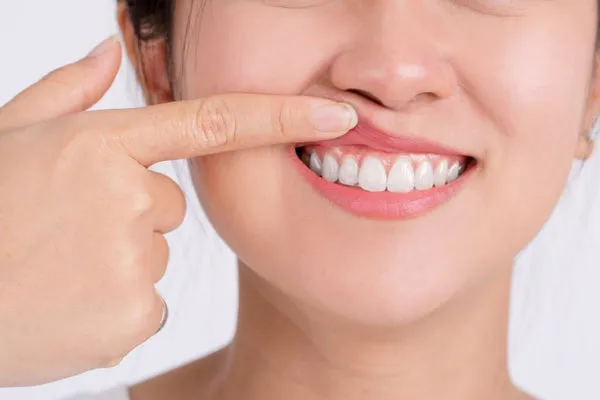
Rinse Your Mouth Thoroughly
If you notice white gums after teeth whitening, rinse your mouth thoroughly with water immediately. This removes any remaining bleaching agent, preventing further irritation. Avoid vigorous rinsing or scrubbing, which can exacerbate the issue. Gently swish the water around your mouth, making sure to reach all areas, and then spit it out. Repeat this process several times until you feel confident that all traces of the whitening product have been removed. This step is especially important right after the whitening session, as it can minimize the impact of the agent on your gums. Rinsing your mouth is a straightforward yet effective way to reduce the risk of prolonged irritation and promote quicker healing.
Apply Vitamin E Oil
Vitamin E oil is known for its soothing and healing properties. Applying vitamin E oil to your white gums can help reduce inflammation and promote faster recovery. Apply a small amount of the oil directly to the affected areas using a clean cotton swab or your fingertip. Gently massage the oil into your gums. Vitamin E oil moisturizes and protects the tissues, aiding in the healing process. It can also alleviate the discomfort associated with gum irritation. While not a replacement for professional advice, applying vitamin E oil is a safe and effective home remedy that can bring relief and encourage your gums to return to their natural color more quickly.
Use an Anti-Inflammatory Mouthwash
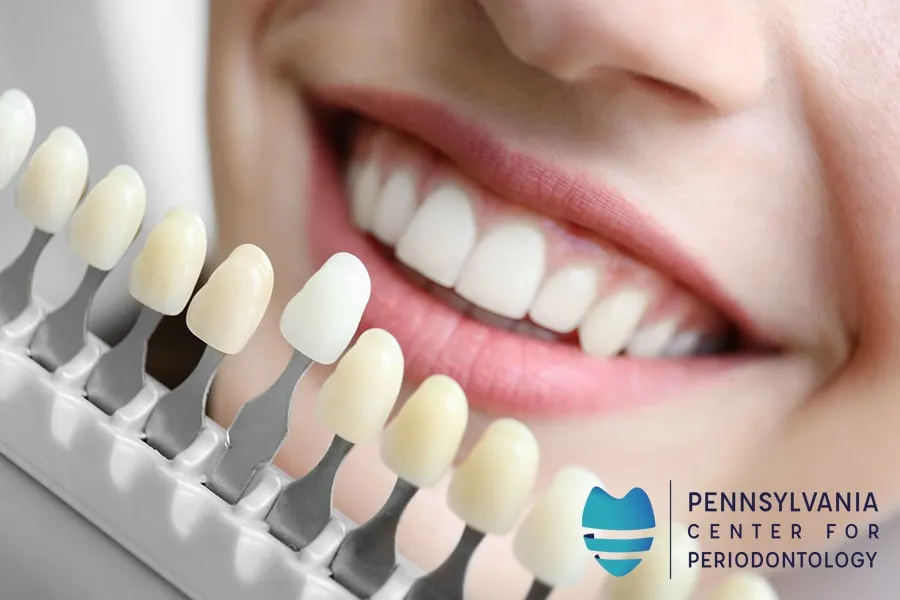
Using an anti-inflammatory mouthwash can help reduce gum inflammation and promote healing. Look for mouthwashes containing ingredients like chlorhexidine or other anti-inflammatory agents. These ingredients help to soothe irritated gums and speed up the recovery process. Use the mouthwash as directed, usually rinsing for about 30 seconds. Avoid swishing the mouthwash too vigorously. Gentle rinsing is all you need. Along with other steps, using an anti-inflammatory mouthwash will help minimize the discomfort. It will accelerate the healing of your gums and help them return to their natural, healthy appearance. Always choose an alcohol-free mouthwash, as alcohol can further irritate your gums.
Consult Your Dentist
If the white gums persist or are accompanied by significant pain or discomfort, consult your dentist. Your dentist can assess the severity of the issue and provide appropriate treatment. They can also determine if any other underlying dental issues may be contributing to the problem. In some cases, they may recommend a different whitening method or adjust your treatment plan. Your dentist can also apply protective measures to your gums. These include professional-grade desensitizing agents to soothe and protect the gums. Seeking professional advice is essential, as it guarantees you get the best care. It also ensures that any potential issues are addressed promptly and effectively. Don’t hesitate to consult your dentist if you have any concerns after teeth whitening.
Other Considerations
Types of Teeth Whitening
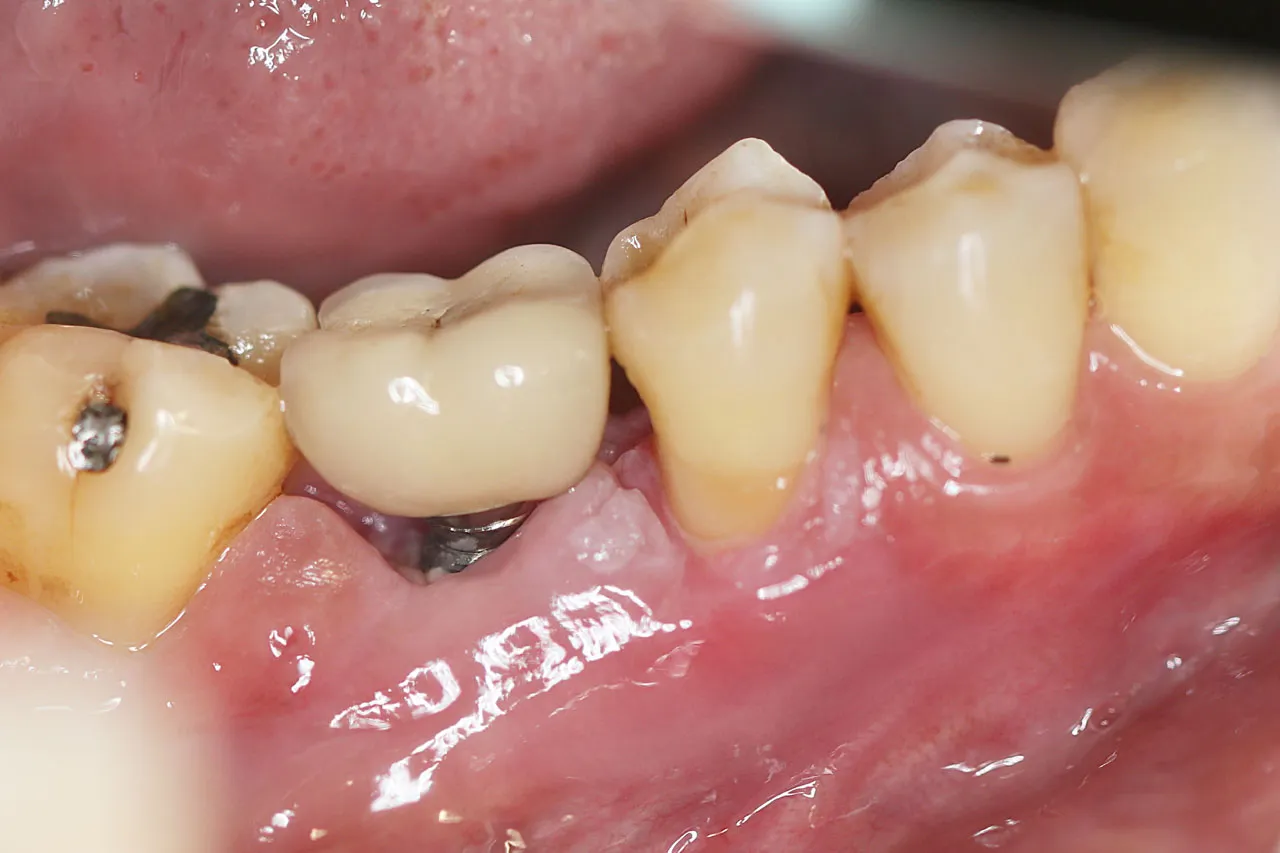
Various teeth-whitening options are available, each with its own set of pros and cons. The main categories include in-office whitening and at-home whitening kits. In-office whitening, performed by a dental professional, usually involves a higher concentration of the whitening agent, leading to faster results. At-home kits, on the other hand, are generally less potent and require more time to achieve the desired effect. These kits can include whitening strips, trays with a bleaching agent, or whitening toothpaste. The choice depends on your preferences, budget, and dental health conditions. Consult your dentist to decide which option is most suitable for you, considering the potential risks and expected outcomes.
Home Whitening Kits
Home whitening kits offer a convenient and cost-effective way to whiten your teeth. They typically contain a whitening agent, such as hydrogen peroxide, and trays to apply the product. However, at-home kits come with a higher risk of side effects, including white gums, if not used correctly. Careful adherence to the instructions is crucial. Ensure proper tray fit, avoid overfilling, and protect your gums. Always consult your dentist before using any at-home whitening kit to ensure it is safe for your particular situation. Proper use and awareness of potential risks can help you achieve a brighter smile while minimizing the chances of complications like white gums. Careful consideration and adherence to the kit’s instructions are paramount to success.
Professional Whitening Options
Professional teeth-whitening options provide a safe and effective way to achieve a brighter smile. Dentists use high-concentration bleaching agents and employ techniques to protect your gums during the procedure. This reduces the likelihood of white gums and other side effects. Professional treatments are often more expensive than at-home kits. However, the controlled environment and expertise of a dental professional can lead to better and more consistent results. Additionally, your dentist can address any existing dental issues and advise on the most appropriate whitening method for your needs. Professional whitening offers both efficacy and safety, guaranteeing you the best results. It also ensures that the whitening process is tailored to your specific dental health needs and concerns.
When to Seek Dental Advice
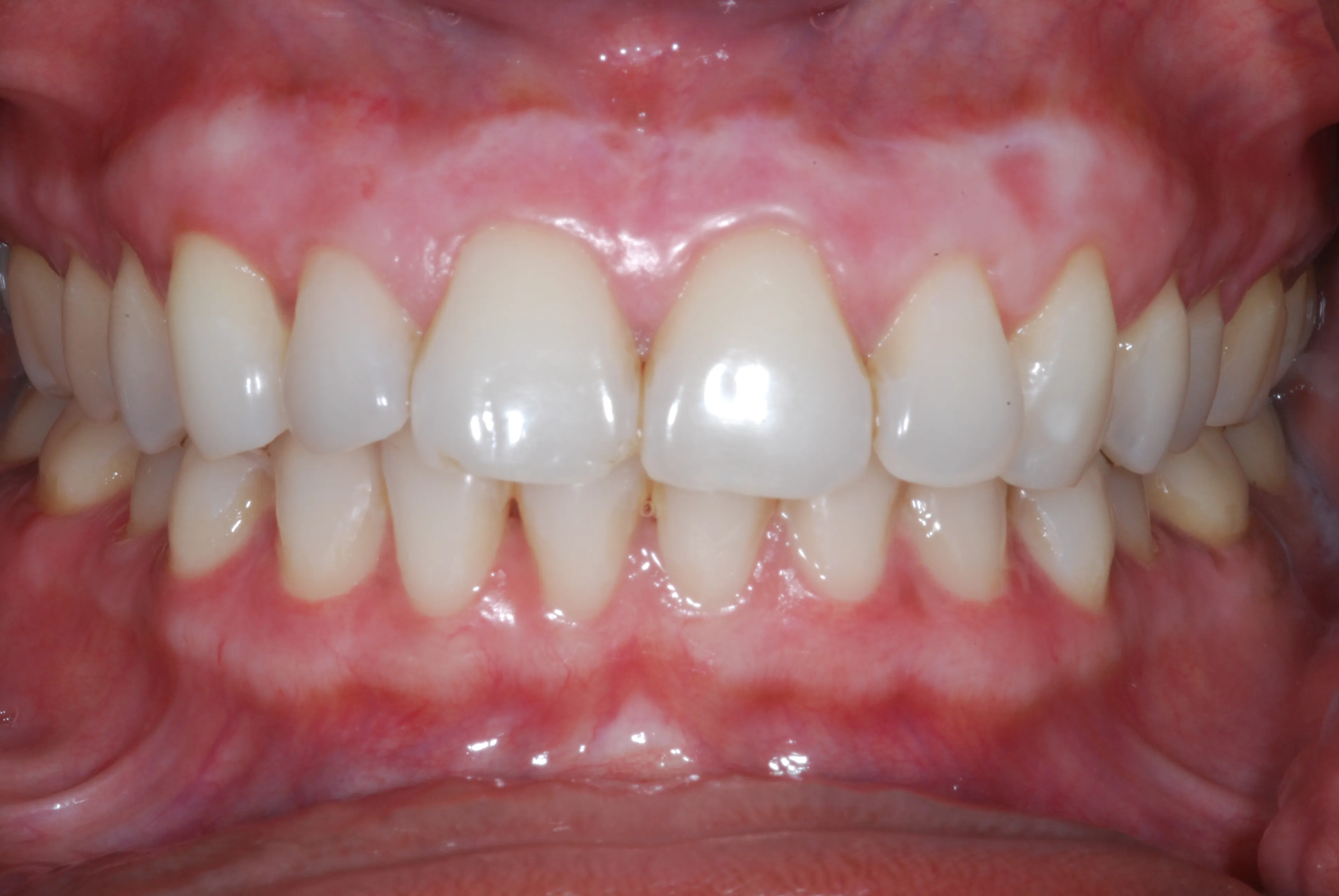
If you experience any adverse effects after teeth whitening, such as persistent white gums, excessive sensitivity, or significant pain, seek dental advice immediately. Do not delay seeking professional help, as it can prevent the condition from worsening. Also, consult your dentist before starting any whitening treatment to assess your oral health and discuss potential risks. The dentist can determine if you are a good candidate for whitening. They can also advise on the safest and most effective whitening method. Early intervention and professional guidance are essential to ensure a safe and satisfactory teeth-whitening experience. Your dentist is your best resource for any concerns you might have.
